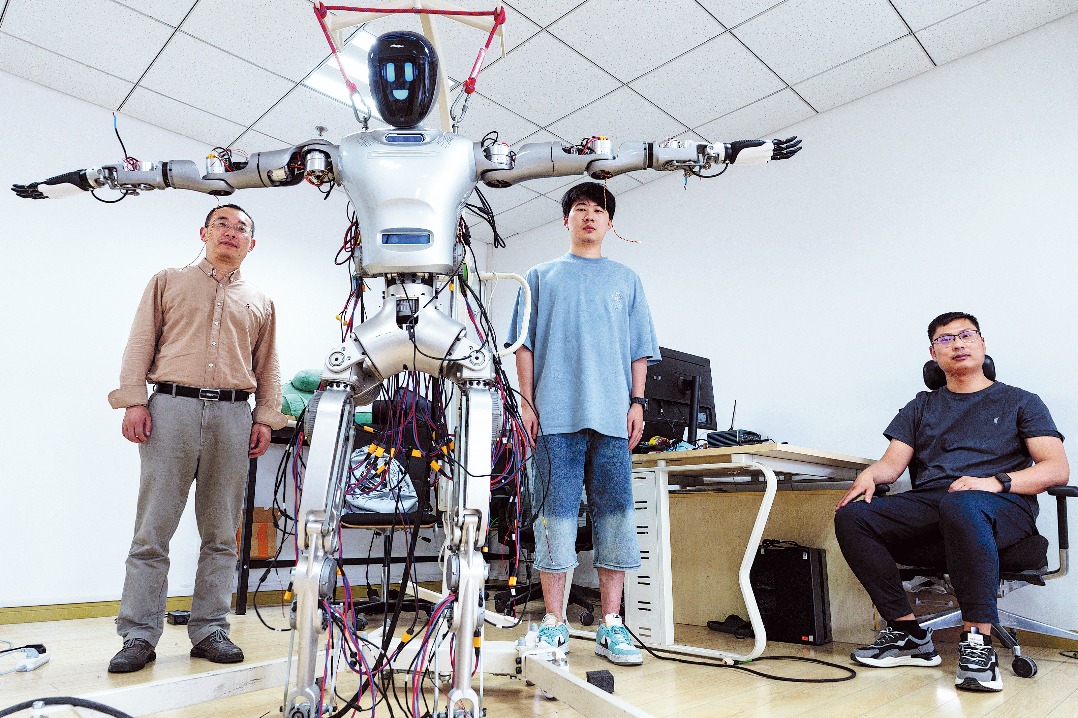Taxing times as Asia gets tough on sugar


Ma Guangsheng, the report's author who heads the Department of Nutrition and Food Hygiene at Peking University, said the changing food environment continues to expose Chinese children to processed food and drinks containing sugar.
The United Nations Children's Fund, or UNICEF, said in its latest State of the World's Children report that the number of obese children has increased almost 12-fold in the past 40 years.
Christiane Rudert, UNICEF's regional nutrition adviser, said the East Asia and Pacific regions have registered the fastest growth rate in the number of obese children. These regions cover Southeast Asia, North Asia and the Pacific island countries.
The number of those age 5 to 19 who are overweight doubled from 2000 to last year, Rudert said. Some 80 million people in the region are overweight, more than half of them living in China. There are also a large number of overweight children in Indonesia and the Philippines.
"Most of these children live amid 'food swamps', where there is an abundance of low-nutrient, high-calorie processed food," Rudert said, adding that these children eat snacks with a very high sugar and fat content.
She said food manufacturers and fast food chains abound in the East Asia and Pacific regions, attracted by fast-growing cities and huge consumer markets. But the growth of these companies has been detrimental to children, who have grown up eating processed food in place of traditional diets comprising grains, meat and vegetables.
According to the UNICEF report, more than 20 percent of children age 6 to 23 months in the two regions are not eating fruit, vegetables and animal-sourced protein such as milk and eggs.
The prevalence of obesity has grown in tandem with diabetes. According to the WHO, the number of people with diabetes has risen from 108 million in 1980 to more than 420 million, and 50 percent of them are in Asia.
China and India have the highest number of people with diabetes, with about 180 million having Type 2.
Obesity is usually seen as a result of affluence, but as health experts note, this is no longer the case given the affordability of processed food and soft drinks.
The WHO's Lo said: "Processed foods and sugary drinks are everywhere. They are often cheaper and more accessible than healthier alternatives."
She said that in some parts of Asia, more than 90 percent of all food and drinks marketed to children are high in saturated fats, trans fats, free sugars and salt.
Increased wealth in Asia has also led to urbanization and busy lifestyles. Most people now work in offices, take no or little physical exercise, do not cook, and have opted for the convenience of processed meals or eating in fast-food outlets.
Yik Ying Teo, dean of the Saw Swee Hock School of Public Health at the National University of Singapore, said rising consumption in Asia of food and drinks high in sugar is a "reflection of rapidly modernized societies".
People living in these societies "demand choice and the opportunity for quick gratification, which many of these high-sugar products provide", Teo said. He cited the popularity of coffee shop chains and bubble tea shops in Asia - both of which serve food and drinks with a high sugar content.
For example, some bubble tea brands contain as much as 70 grams of sugar per drink, according to a report issued by the Hong Kong Consumer Council early this year. This exceeds the 25 grams daily sugar intake recommended by the WHO.
As demand rises in Asia for sweet foods and drinks, so does the danger it poses - not only to people's health but also to public finances and economic growth.
An unhealthy population "presents a fiscal time-bomb for many countries", said Kris Hartley, assistant professor with the Department of Asian and Policy Studies at The Education University of Hong Kong.
Hartley said the increased incidence of chronic illnesses caused by obesity will not only strain public health systems but also affect productivity.
"It will have a negative impact, with more work days missed, lower levels of energy and creativity, and shortened working lives overall," he said.
- Key outcomes of the second China-Central Asia Summit
- 'Sympathetic' humanoids at vanguard of elderly care
- Guideline aims to curb irregular cosmetic surgery pricing
- Committee formed in Guangzhou to guide the building of 'lake + green development zone'
- Shanghai Mint brings coins and medals to London
- Chinese customs seize over 40,000 fake Labubu toys





































